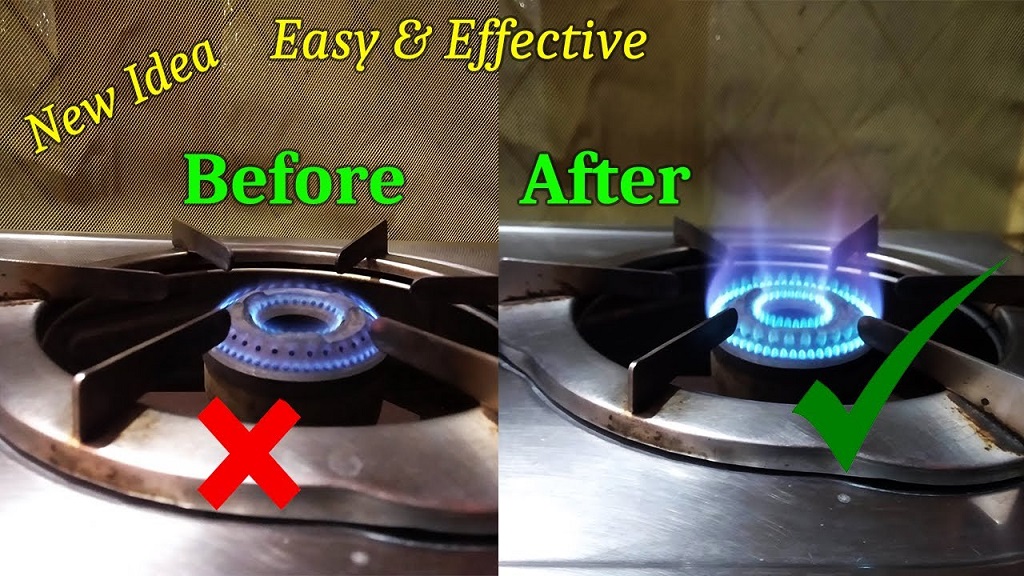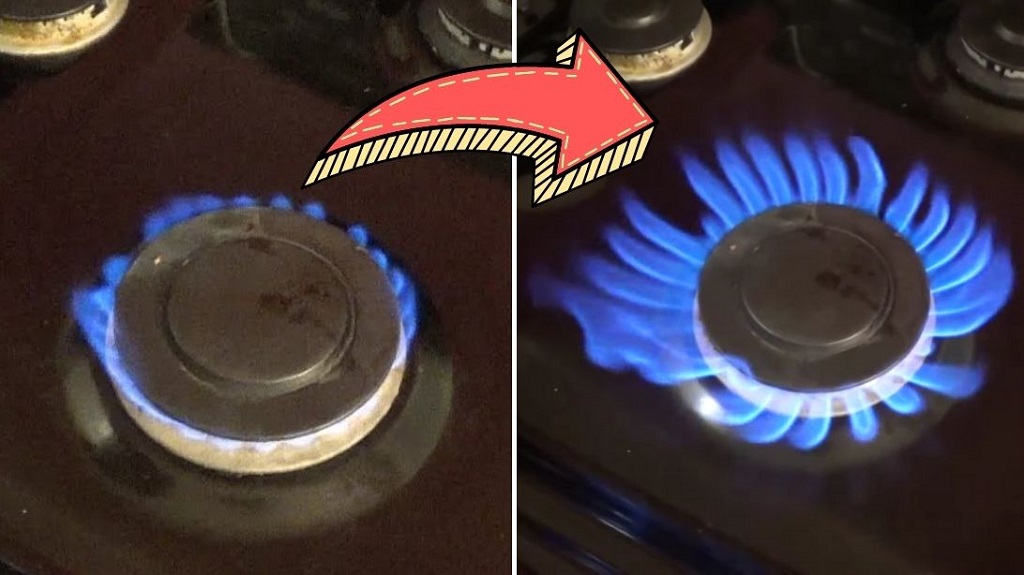A gas stove is a kitchen appliance that uses gas to heat food. It is a popular choice for many households because it is relatively inexpensive to operate and can heat food quickly. However, gas stoves can sometimes develop problems, such as a low flame on one or more burners. This can be frustrating and inconvenient, but it is usually a relatively easy problem to fix.
In this article, we will discuss the most common causes of a low flame on a gas burner and how to fix them. We will also provide some tips on how to prevent this problem from happening in the future. This content is presented by Homeyplans.com.
Causes of a Low Flame on a Gas Burner
There are several possible causes of a low flame on a gas burner. The most common causes are:
- Dirty burner ports. The burner ports are the small holes in the bottom of the burner that allow the gas to flow out. If these ports become clogged with food particles or grease, the gas flow will be restricted, which will cause the flame to be low.
- A faulty control valve. The control valve is the component that regulates the gas flow to the burner. If the control valve is faulty, it may not be able to provide enough gas to the burner, which will also cause the flame to be low.
- A faulty thermocouple. The thermocouple is a safety device that prevents the gas from flowing if the flame is extinguished. If the thermocouple is faulty, it may not be able to sense the flame, which will cause the gas to continue to flow even after the flame has gone out. This can lead to a buildup of gas and a potential fire hazard.
- A blocked pilot light. The pilot light is a small flame that is used to ignite the main burner. If the pilot light is blocked, it will not be able to light, which will prevent the main burner from working. Discover how to clean gas stove burner heads.
How to Fix a Low Flame on a Gas Burner
If you are experiencing a low flame on your gas stove, there are a few things you can do to fix the problem.
- Check the burner ports. Use a toothpick or a small wire to clean out the burner ports. Be careful not to damage the ports.
- Check the control valve. If the control valve is faulty, it will need to be replaced. This is a job that is best left to a qualified technician.
- Check the thermocouple. If the thermocouple is faulty, it will need to be replaced. This is also a job that is best left to a qualified technician.
- Check the pilot light. If the pilot light is blocked, you can try to clear the blockage yourself. If you are unable to clear the blockage, you will need to call a qualified technician to light the pilot light for you.
Preventing a Low Flame on a Gas Burner
There are a few things you can do to prevent a low flame on your gas stove:
- Clean the burner ports regularly. This will help to prevent the ports from becoming clogged.
- Inspect the control valve and thermocouple regularly. If these components are faulty, they can cause a low flame.
- Keep the pilot light lit. This will help to prevent the pilot light from going out and causing the main burner to not work.
- Do not overload the burners. If you overload the burners, the flame may be too low.
Conclusion
A low flame on a gas burner is a common problem, but it is usually a relatively easy problem to fix. By following the tips in this article, you can learn how to fix a low flame on your gas stove and prevent the problem from happening again in the future. Wondering how to motivate yourself to clean? Find solutions that make your cooking environment efficient and enjoyable.


